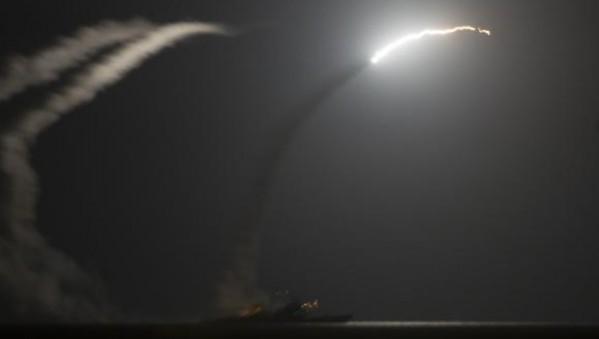
Nirbhay cruise missile, that was touted as India's Tomahawk missile, reportedly failed in its test-flight from the Integrated Test Range (ITR) at Balasore in Odisha on Wednesday. This is the third time the indigenously designed and developed cruise missile has failed in the four times it has been tested.
Defence Research and Development Organisation (DRDO) sources termed Nirbhay's flight-test of as an "utter failure" and said they will have a "re-look" at what has been done so far, the Hindu reported.
After the missile took off, it did not follow the required flight path and veered dangerously on one side. The missile threatened to fall on land and was out of the safety corridor. This led to the DRDO initiating the "destruct" mechanism and the missile was destroyed before it landed on the ground.
The failure, according to sources, was in the wing-deployment in the second stage of the missile. "It is a big failure. We should have a thorough re-look at what has been done so far," said sources.
The missile failure was blamed on an unreliable hardware component, and any problem with the missile's configuration has been ruled out.
The missile has a range of over 1,000 km and can carry conventional and nuclear warheads. It weighs 1,500 kg, can carry a 300 kg warhead and has a length of 6 metres. The DRDO was in charge of its design and development.
The missile is vertically launched and in the first stage, a mechanism inside propels it to gain horizontal position and the booster engines are jettisoned into the sea. The missile's second stage is activated thereafter. This stage features turbo engines that will cruise with its wings spread out at subsonic speeds of 0.7 Mach.
The first test for the Nirbhay was in March 2013 when the missile deviated from its path and "destruct" mechanism had to be initiated. The second test of the missile in October 2014 was successful, with the missile travelling over 1,000 km. The third test was held in October 2015; after the first stage, the missile lost control and fell but within the safety zone.
The DRDO has not yet officially commented on the missile test's failure.
The failure of the missile contrasts that of the recent success that the Pakistani cruise missile Babur had, where a new advanced version of the missile hit its targets with high accuracy. Babur missile has a range of 700 km.















